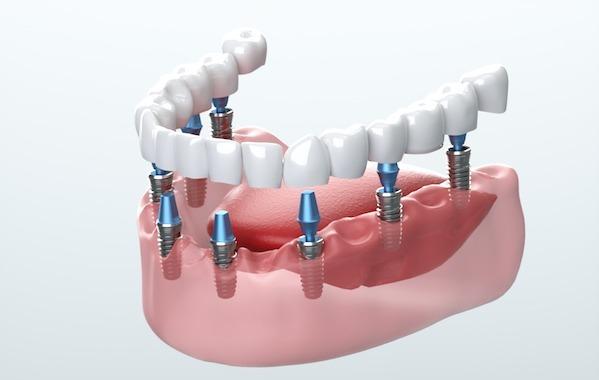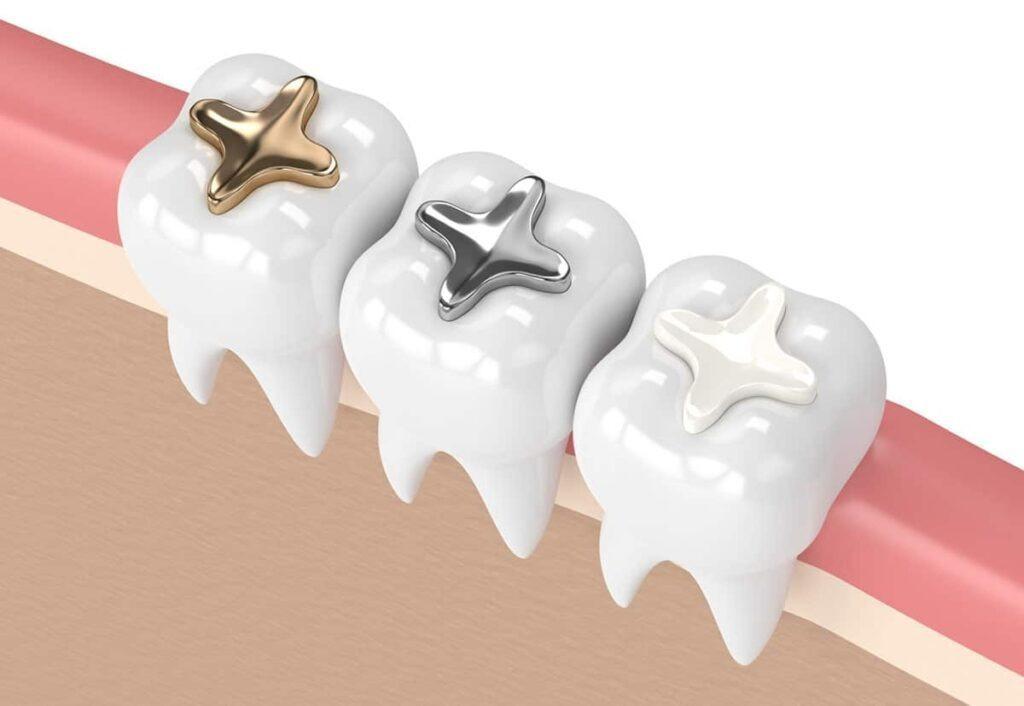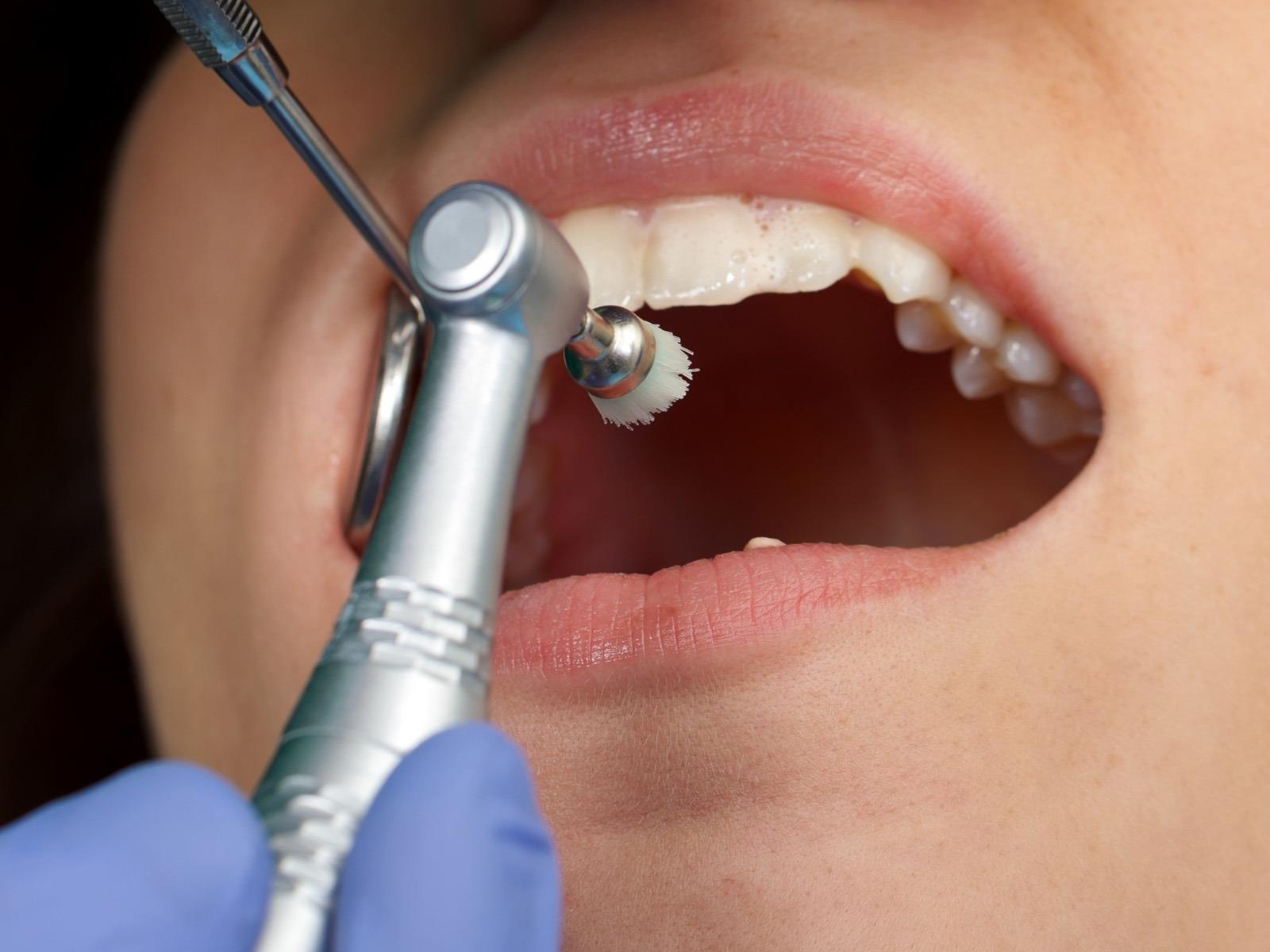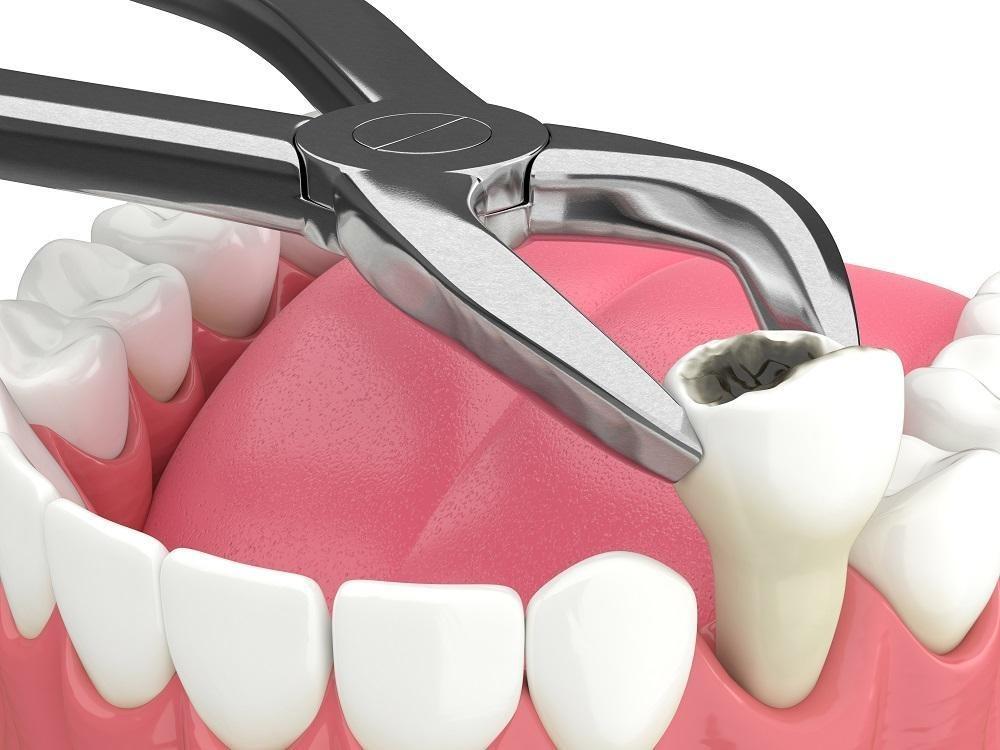Dental implants have revolutionized modern dentistry by providing a reliable and long-lasting solution for missing teeth. Unlike dentures or bridges, which rest on existing teeth or gums, dental implants are surgically placed into the jawbone, functioning as artificial tooth roots. This allows them to provide a strong foundation for replacement teeth, helping restore both functionality and aesthetics.
Replacing missing teeth is crucial not just for appearance but also for maintaining oral health. Gaps in your smile can lead to bone loss in the jaw, shifting of surrounding teeth, difficulty chewing, and even speech problems. Dental implants help prevent these complications by stimulating the jawbone and supporting the structure of your face.
The purpose of this article is to provide a comprehensive guide to dental implants. We will explore what they are, how they work, their benefits, the types available, and what to expect during the procedure. By the end of this guide, you will have a clear understanding of whether dental implants are the right solution for you.
What Are Dental Implants?
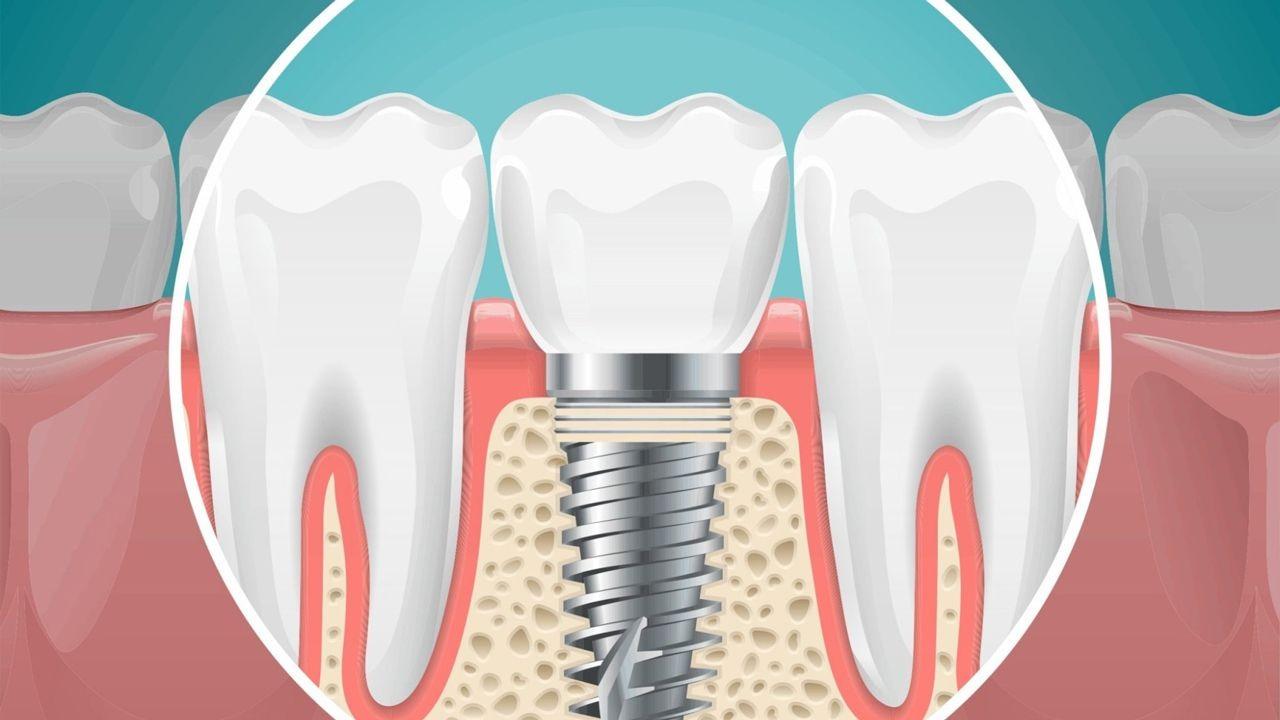
Definition of Dental Implants
Dental implants are artificial tooth roots that are surgically placed into the jawbone to support replacement teeth such as crowns and bridges, or dentures. They serve as a strong foundation for artificial teeth, mimicking the function of natural tooth roots. Unlike dentures, which rest on the gums, dental implants fuse with the jawbone through a process called osseointegration, providing stability and preventing bone loss over time.
Implants are typically made from biocompatible materials that integrate well with the body. Titanium is the most commonly used material due to its strength, durability, and high success rate in osseointegration. Zirconia, a ceramic material, is another option, favored for its natural tooth-like color and suitability for patients with metal sensitivities. Both materials are safe, long-lasting, and effective in restoring dental function.
Types of Dental Implants
Dental implants come in several types, depending on the placement technique and the patient’s bone structure:
- Endosteal Implants: These are the most common type of implants and are placed directly into the jawbone. They resemble small screws, cylinders, or blades and act as anchors for artificial teeth.
- Subperiosteal Implants: These are placed on top of the jawbone but under the gum tissue. They are used for patients who do not have enough healthy jawbone for endosteal implants.
- Zygomatic Implants: These are less common and are anchored in the cheekbone (zygoma) rather than the jawbone. They are typically used in cases of severe bone loss in the upper jaw.
Benefits of Dental Implants
Dental implants offer several advantages over other tooth replacement options:
- Improved Oral Function and Chewing: Implants function like natural teeth, allowing you to eat, speak, and chew comfortably without worrying about slippage or discomfort.
- Natural Appearance: Because implants integrate with the jawbone and support custom-made crowns, they look and feel like natural teeth, enhancing your smile and facial aesthetics.
- Long-Term Durability and Stability: With proper care, dental implants can last a lifetime. Their secure integration with the jawbone prevents bone loss and helps maintain the structure of your face over time.
How Do Dental Implants Work?
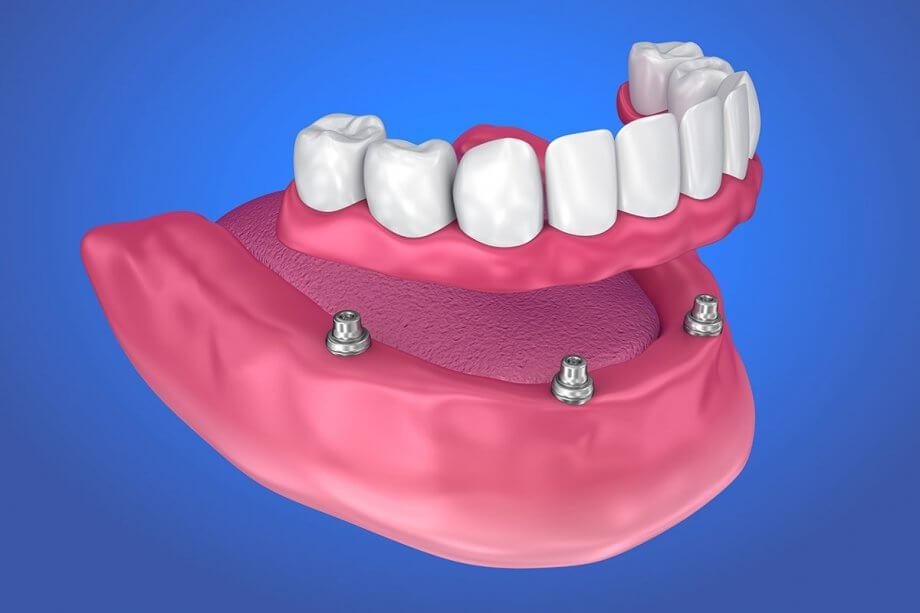
The Implant Process Overview
The process of getting a dental implant involves several carefully planned steps to ensure a successful and long-lasting result. From the initial consultation to the placement of the final crown, each stage is designed to restore both function and aesthetics to your smile. The overall timeline can vary depending on individual factors, including bone density, oral health, and whether additional procedures like bone grafting are required. On average, the complete treatment can take several months, allowing time for healing and proper integration of the implant.
Step 1: Initial Consultation and Planning
The journey begins with a thorough dental examination and imaging studies, such as X-rays or CT scans. These assessments help the dentist evaluate the condition of your jawbone, the position of surrounding teeth, and overall oral health. It also allows the dentist to determine whether you are a suitable candidate for dental implants. Planning may involve discussing the type of implant, the desired outcome, and any preparatory procedures like bone grafting if there is insufficient bone to support the implant.
Step 2: Implant Placement
Once the planning phase is complete, the implant is surgically placed into the jawbone. The procedure is performed under local anesthesia to ensure comfort and safety. The dentist makes a small incision in the gum to expose the bone, drills a precise hole, and inserts the implant post. After placement, the gums are sutured, and the healing process begins. Proper surgical technique and post-operative care are crucial to minimize complications and promote successful integration of the implant.
Step 3: Osseointegration
Osseointegration is the critical process in which the implant fuses with the jawbone, creating a stable foundation for the replacement tooth. During this phase, the bone gradually grows around the implant, anchoring it securely. This integration typically takes 3 to 6 months, depending on individual healing capacity and bone quality. Successful osseointegration ensures that the implant functions just like a natural tooth root, providing strength and durability for long-term use.
Step 4: Abutment Placement
Once osseointegration is complete, an abutment is attached to the implant. The abutment acts as a connector between the implant and the dental crown. This stage also allows for shaping of the gums around the implant to achieve a natural-looking emergence profile. Healing after abutment placement usually takes a few weeks, ensuring that the soft tissue contours properly around the future crown for optimal aesthetics and function.
Step 5: Placement of the Crown
The final step involves placing a custom-made dental crown onto the abutment. Crowns are designed to match the color, shape, and size of your natural teeth, ensuring a seamless and natural appearance. The dentist will check the fit, bite, and alignment, making any necessary adjustments to achieve a comfortable and functional result. Once the crown is secured, the dental implant is fully restored, allowing you to eat, speak, and smile with confidence.
Who Can Get Dental Implants?
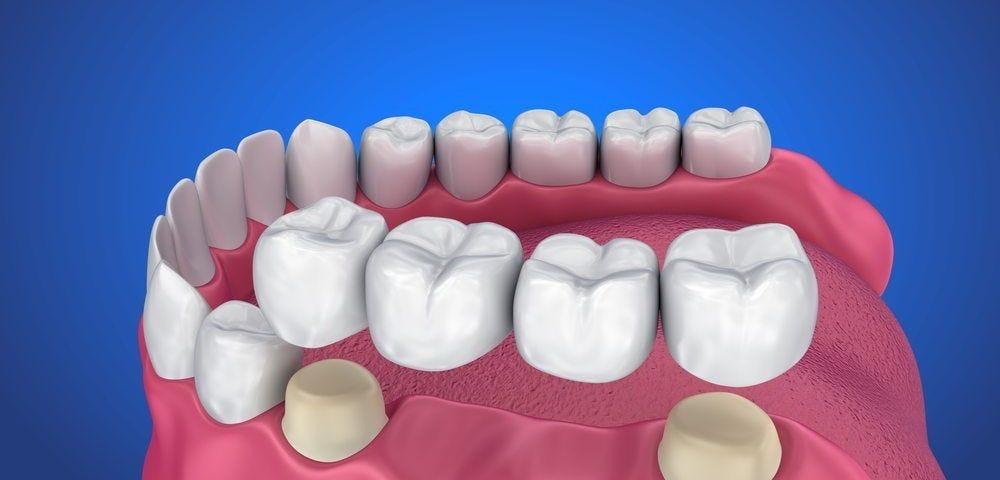
Ideal Candidates
Dental implants are suitable for most adults who are in good overall health and have healthy gums. A key requirement is sufficient bone density in the jaw to support the implant. Patients should also maintain good oral hygiene habits, as this contributes to the long-term success of the implant. Individuals who are free from chronic illnesses or conditions that could affect healing are generally considered ideal candidates.
Additionally, candidates should have realistic expectations about the procedure and a commitment to follow post-operative care instructions. Those who meet these criteria often experience high success rates and long-lasting results, making implants a preferred choice for tooth replacement.
Factors That May Affect Eligibility
Certain conditions can impact whether someone is suitable for dental implants:
- Gum Disease: Active periodontal (gum) disease can compromise implant stability. Treating gum disease before implant placement is essential for success.
- Smoking and Medical Conditions: Smoking, diabetes, or other systemic conditions can interfere with healing and increase the risk of implant failure. Patients may need to manage these factors before surgery.
- Age Considerations: While dental implants are safe for adults of all ages, younger patients whose jawbones are still growing may need to wait until bone development is complete. Conversely, older adults can receive implants if they have adequate bone and good health.
With proper evaluation and planning, most patients can safely undergo dental implant treatment and enjoy the benefits of restored oral function and a confident smile.
Maintenance and Longevity
Caring for Dental Implants
Proper care is essential to ensure that dental implants remain healthy and functional for many years. Daily oral hygiene is the cornerstone of implant maintenance. This includes brushing at least twice a day using a soft-bristled toothbrush and non-abrasive toothpaste, as well as flossing to remove plaque and food particles around the implant. Special interdental brushes or water flossers can be used to clean hard-to-reach areas effectively.
Regular dental check-ups are equally important. During these visits, your dentist will examine the implant, surrounding gums, and adjacent teeth to detect any early signs of complications. Professional cleanings help prevent plaque buildup, gum inflammation, and other issues that could compromise the implant’s stability. Following these routines ensures long-term success and preserves oral health.
Lifespan of Implants
Dental implants are designed to be a durable and long-lasting solution, often lasting 20 years or more with proper care. However, their longevity can be influenced by several factors, including oral hygiene practices, overall health, smoking, and the quality of the bone in which the implant is placed.
Although implants are highly durable, occasional maintenance may be necessary. This can include minor adjustments, replacement of the crown, or treatment for gum-related issues. With consistent care and monitoring, dental implants can provide a lifetime of reliable function, helping patients maintain a natural-looking and healthy smile.
Risks and Considerations
Possible Complications
While dental implants have a high success rate, there are potential risks and complications to be aware of. Infection at the implant site can occur if proper oral hygiene is not maintained or if bacteria enter during the healing process. Implant failure may happen if osseointegration does not occur properly, often due to poor bone quality, smoking, or underlying medical conditions. Rarely, nerve damage can result in numbness, tingling, or discomfort in the lips, gums, or chin.
Dentists take several measures to minimize these risks. Thorough pre-surgical assessments, sterile surgical procedures, proper implant placement, and clear post-operative care instructions significantly reduce complications. Patients who follow their dentist’s guidance and maintain good oral hygiene typically experience smooth healing and long-term success.
Cost Considerations
The cost of dental implants can vary depending on the number of implants, the type of materials used, and any additional procedures such as bone grafting. On average, a single implant can range from $3,000 to $5,000 in many regions. While implants may seem costly compared to dentures or bridges, their durability and long-term benefits often make them a worthwhile investment.
Insurance coverage for dental implants varies. Some plans cover part of the procedure, particularly if it is deemed medically necessary, while others may not. Many dental clinics offer financing options or payment plans to make implants more affordable, allowing patients to restore their smiles without financial strain.
Alternatives to Dental Implants
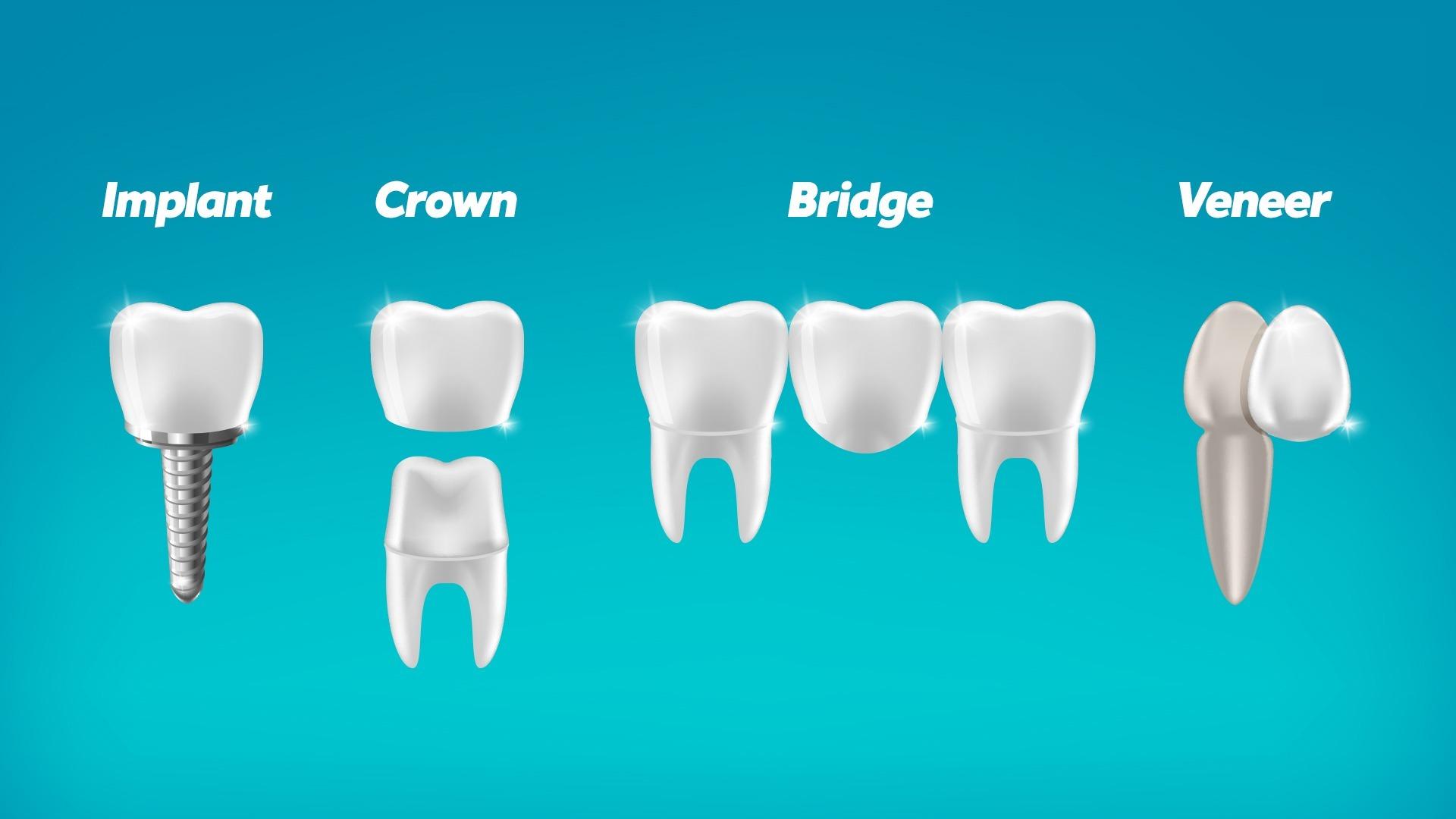
While dental implants are considered the gold standard for tooth replacement, there are alternative options available for patients who may not be suitable candidates or prefer other solutions. The two most common alternatives are bridges and dentures.
Bridges
Dental bridges are fixed prosthetic teeth that are anchored to adjacent natural teeth. They fill the gap left by missing teeth without the need for surgical implantation. Bridges are generally quicker and less invasive than implants and can restore the appearance and function of missing teeth.
Pros:
- Non-surgical procedure
- Faster treatment time than implants
- Aesthetic improvement and restored chewing function
Cons:
- Requires alteration of adjacent healthy teeth
- Less durable than implants
- Does not prevent jawbone loss in the area of missing teeth
Dentures
Dentures are removable appliances that replace multiple missing teeth or a full arch. They are often a more affordable option and can provide a functional and aesthetic solution for tooth loss.
Pros:
- Non-invasive
- Affordable compared to implants
- Suitable for patients with significant tooth loss or bone loss
Cons:
- May shift or slip while eating or speaking
- Require regular maintenance and replacement
- Do not prevent bone loss in the jaw
- Less natural feel and function compared to implants
While bridges and dentures can restore function and appearance, dental implants remain the most durable, stable, and bone-preserving option. Patients should discuss with their dentist which solution best fits their oral health, lifestyle, and budget.
Conclusion
Dental implants offer a modern, effective, and long-lasting solution for replacing missing teeth. Throughout this article, we have explored what dental implants are, how they work, who can benefit from them, and the steps involved in the implant process. We also discussed maintenance tips, potential risks, cost considerations, and alternative options such as bridges and dentures.
For individuals dealing with tooth loss, dental implants provide unmatched benefits, including improved oral function, natural appearance, and long-term durability. They not only restore your smile but also help maintain jawbone health and overall oral structure.
If you are considering dental implants, it is essential to consult with a qualified dental professional. They can assess your oral health, determine your suitability for implants, and create a personalized treatment plan that meets your needs. With proper care and guidance, dental implants can give you a confident, functional, and healthy smile for many years to come.
FAQs About Dental Implants
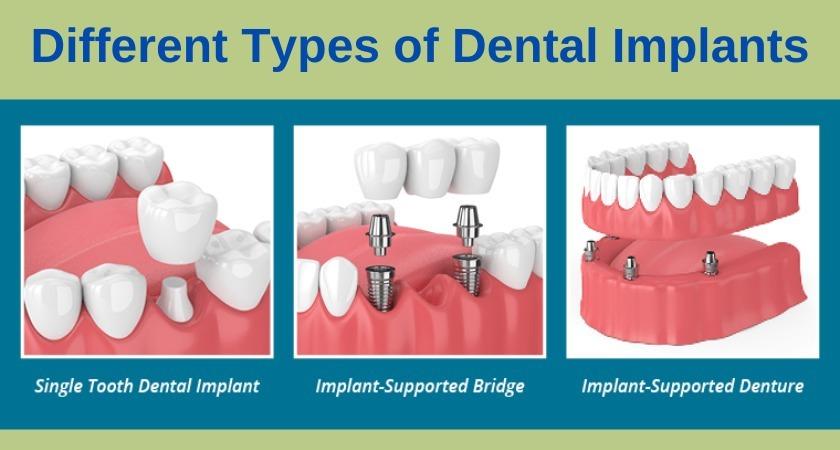
1. How long do dental implants last?
With proper care and regular dental check-ups, dental implants can last 20 years or even a lifetime. Factors such as oral hygiene, overall health, and lifestyle habits affect longevity.
2. Is getting a dental implant painful?
Most patients experience minimal discomfort during the procedure, as local anesthesia is used. Mild soreness may occur afterward, which can be managed with over-the-counter pain relievers.
3. Can anyone get dental implants?
Most adults with good oral and general health are candidates. Sufficient jawbone density is required, and conditions like uncontrolled diabetes or gum disease may need to be addressed first.
4. How much do dental implants cost?
The cost varies depending on the number of implants and any additional procedures needed. On average, a single implant can range from $3,000 to $5,000. Insurance and financing options may help cover the cost.
5. How do I care for dental implants?
Daily brushing, flossing, and regular dental check-ups are essential. Avoid smoking, maintain good oral hygiene, and follow your dentist’s instructions to ensure long-term success.

